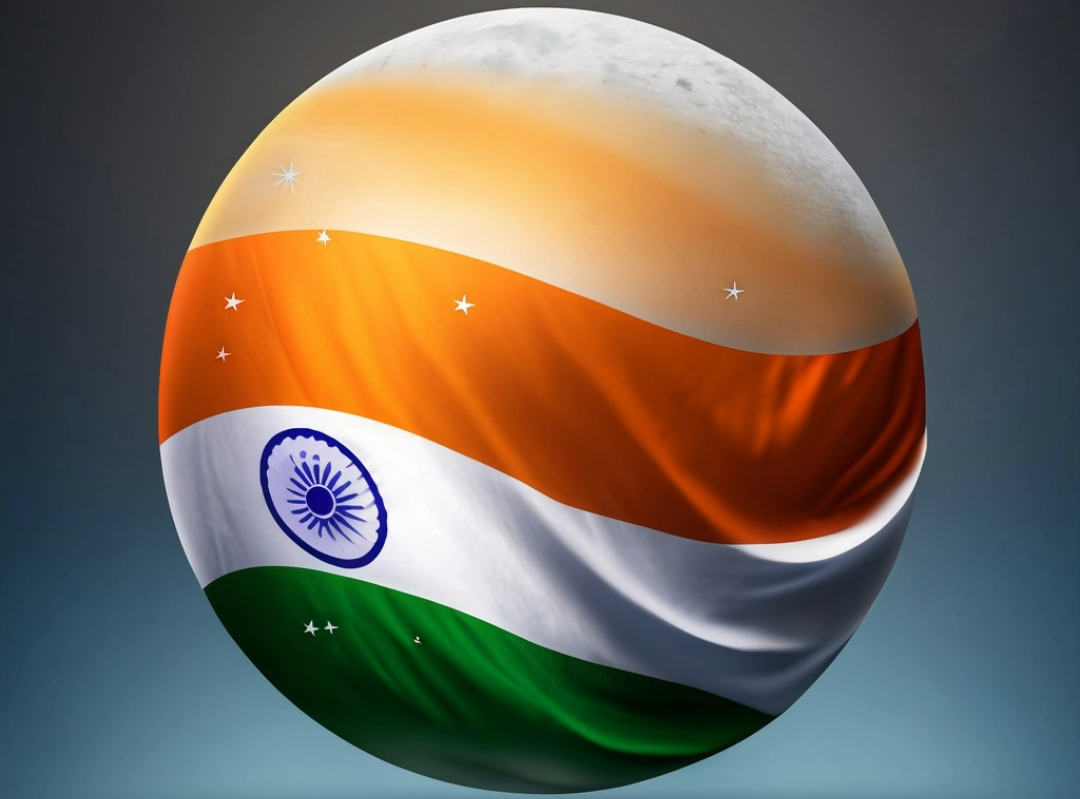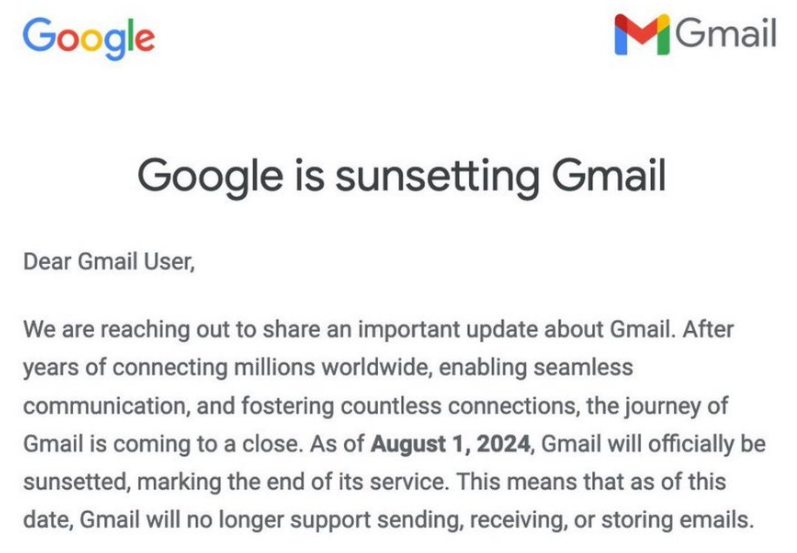Table of contents
According to Wikipedia (1),
Chandryaan-3 is India’s third lunar exploration mission under the Chandryaan Program of the Indian Space Research Organization (ISRO). The program consists of a lander titled “Vikram” and a rover titled “Pragyan.” The mission is a continuation of its prior legacy.
Chandryaan-3 is a continuation of Chandraayn-2. The module is developed with end-to-end capability for a safe lunar landing and for wandering, re-working the lessons of the past. The mission includes Lander and Rover configurations.
It was launched in Sriharikota by LVM3 from SDSC SHAR (2). The module carried Lander and Rover configuration until it reached a 100 km lunar orbit. It carries a Spectro-Polarimetry of Habitable Planet Earth (SHAPE) payload to analyze Earth’s spectral and Polari metric data from the lunar orbit (3).
According to the ISRO, the core objectives of the Chandrayaan-3 mission are:
- Safe and soft landing on the lunar surface
- Rover walking on the Moon
- Carry out in-situ scientific experiments
For more information: Read here (4)
Chandryaan-3 is powered on solar panels designed to last a single lunar day which means 14 days of Earth. It is the time frame set for the module to carry out the core objectives before it plugs into darkness after the lunar day.
The Vikram Lander on Chandryaan-3 is intended to examine the lunar regolith and immediate exosphere along with water and minerals such as Helium. However, the Vikram and Pragyan are not designed to endure the lunar night, indicating, that time is the essence of this expedition.
The successful landing of Chandrayaan-3 on the Moon’s South Pole was a watershed moment for the entire planet as India’s Chandrayaan-3 became the first spacecraft to set a presence on the Moon’s enigmatic south pole.
It was Chandryaan-2 that first hinted at the presence of water ice and valuable minerals on the Moon’s south pole which sparked a global race to reach and explore the southern zone.
It is also India that became the first country to reach the enigmatic south pole and has now captured global attention to the data and insights it gathers which may significantly aid in future lunar missions worldwide.
India: The First Country to Land near Lunar South Pole of the Moon
India is the first country to set foot on the Lunar South Pole of the Moon. This historical event is reminiscent of a popularly contentious cartoon published by a prominent publication, The New York Times, which gravely underestimated the country.
Image Source: BBC News (5)
The cartoon illustrates India’s low budget for the Mission to Mars where it displays a poor countryman with a bull trying to knock on the door of the Elite Space Club where two men (representing Westerners) are displayed reading a newspaper headlined India’s Mars Mission.
The overall budget of India’s expedition to Mars was $74 million which made it one of the cheapest interplanetary space missions and a topic for the West to ridicule. Before this, only the USA (6), Russia (7), and Europe (8) deployed missions to Mars, deeply underestimating India.
However, the success of India’s Mission to Mars (9) was the first global slap by the country, and the second was the success of Chandryaan-3 with a $75 million budget which was compared to the Hollywood movie Interstellar’s budget of $165 million (10).
Good for India 🇮🇳!
— Elon Musk (@elonmusk) August 22, 2023
Defending the cartoon, Andrew Rosenthal (11) tweeted that the cartoonist’s intention was not to downgrade the country but to portray how even poor countries are heading their way to space exploration.
In and of itself, the defending statement was an indirect attack of ridicule on the country to which several Indians, Indian publications, and youth reacted aggressively. Here’s one of the most popular “reply to NYT” rolling on the internet:
Recalling @nytimes for their Racial Taunt. You chuckled, questioning our capabilities. Today, we silence you with our triumph!
— YSR (@ysathishreddy) August 23, 2023
Now, go ahead & sketch a fresh cartoon.#IndiaOnTheMoon #Chandrayaan3Landing #ISRO 🫡 pic.twitter.com/K1nd7W2yd6
Indian Space Research Organization (ISRO)
The history of ISRO is defined by invention, tenacity, and collaborative effort. ISRO was founded in 1969 (12). Since 1988, ISRO has been running a successful remote sensing program and has delivered comprehensive Earth Observation using a variety of space-rooted instruments.
ISRO has since launched 124 of its own spacecraft, three to the Moon, and one to Mars. ISRO has also helped other countries to launch satellites, a whopping count of 424 international satellites (13).
ISRO is notably popular for its workhorse PSLV with a capacity of launching 104 satellites in a single launch, proved in 2017, and is a first-choice for space-ride sharing services. ISRO also completely achieved its own navigation system NavIC in 2018 (14).
Before, India was dependent on the global navigation satellite system which was hypothetically foreign government-controlled, and due to some reason, support was not available for India in response to that, India replied with NavIC (15), which also placed the country among an elite group of nations with navigation system including:
According to a behind-the-scenes report, India requested GPS data of the Kargil region of the Indo-Pak border from the United States in 1999, but the request was denied which led India to develop and launch its own navigation system (21).
Budget Concerns India | ISRO
Money has always been an issue as ISRO’s annual budget is $1.5 billion (22) whereas NASA’s budget is $25.4 billion for 2023 (23). ISRO’s budget was cut by 8% from the previous year’s estimate (24).
Moreover, the space science spending for missions like Chandryaan-3 to the Moon and Aditya L2 mission to investigate the Sun also scaled back and received a cut of 32% (25). The historic Chandryaan-3 mission cost around $75 million, which is nearly the same as one SpaceX Falcon 9 launch (26), but ISRO nevertheless left its mark on history.
Chandryaan-2 | History will not repeat
ISRO worked effortlessly for the past four years to construct Chandryaan-3 following the partial failure of the Chandryaan-2 mission which was launched into space on July 22, 2019. ISRO compressed the Chandryaan-2 mission failure, a history to learn and not to repeat.
ISRO tried every possible technique to contact the lander but nothing worked and left the entire nation and the team with a painful lesson to learn. Let’s go through a short roadmap of Chandryaan-2 to understand what exactly happened.
Chandryaan-2 launched successfully and soon completed the Lunar Orbit Insertion maneuver that allowed it to enter the lunar orbit. Later, Vikram departed from the orbiter and began its journey to the moon after looping around Earth’s orbit until the last five minutes of descent.
All the maneuvers were completely accomplished and it was barely 2.1 km above the lunar surface and minutes left for the intended touch-down on the Moon but due to a sudden technical software error, the Vikram lander and Pragyan crashed into the Moon’s surface.
The crash led the base station to lose contact with the lander on September 7, 2019. The Chandryaan-2 catastrophe brought the entire nation together to support the space agency and scientists. However, Chandryaan-2, the Moon mission achieved 95% of its objectives despite the loss of communication with the lander which made it a “partial failure.”
Chandryaan-3 is a nearly identical version of Chandryaan-2 developed noting the previously recognized software errors to be corrected and reworked. The success of Chandryaan-3 validated India’s goals to establish a human presence on the Moon’s unachievable terrain.
Now, ISRO has the ability to claim the landing area for mining rights under the Artemis Accords. The success of Chandryaan-3 sparked light for several scientific explorations and enabled groundbreaking examinations into the Moon’s composition, resource potential, and geology.
The success of Chandryaan-3 will also aid future expeditions and collaborations of ISRO with other countries as it demonstrated ISRO's work for how it overcame hurdles that once held it back and shattered its goals but the team stood up to achieve and seize the dream.
Despite the bureaucratic snarls, political complications, and a constrained budget and resources, ISRO defied stereotypes and emerged as a notable contender to the elite space club. Now let’s dig into the roadmap of Chandryaan-3 and unfold the historic chapters.
For more information: Read here (27)
Chandryaan-3 Launch to Land Roadmap
Here’s a head-to-toe roadmap of India’s Chandryaan-3; the first spacecraft mission to reach the intriguing surface of the Moon’s Lunar South Pole.
ISRO announced the launch of Chandryaan 3 on July 6 and mentioned the launch date of 14 July at 14:35 Hrs. IST. ISRO also announced the launch to take place at the Second Launch Pad, SDC-SHAR Sriharikota.
Following a successful conclusion derived from vehicle electrical tests, ISRO started inviting individuals locally and nationally to view the launch from the Launch View Gallery at SDSC-SHARE and opened registrations for reservations.
July 11, 2023: Launch Rehearsal
ISRO successfully completed the launch rehearsal and also simulated the conclusion that the entire launch preparation and process took 24 hours.
July 14, 2023: Successful Launch
The rehearsal paid off as ISRO successfully launched the LVM3 M4 spacecraft into orbit. Chandryaan-3 began its voyage to the Moon in its precise orbit of 170 km x 36,500 km. Reports surface the spacecraft’s health as normal, indicating a successful launch.
July 15, 2023: First Orbit-Raising Maneuver
ISRO reported, that Chandryaan-3 successfully completed its first-orbit raising maneuver and is now in orbit 173 km x 41,762 km. It later executed a second-orbit raising maneuver on July 17 and is now in orbit 226 km x 41,603 km.
Later on July 18, Chandryaan-3 executed a third-orbit raising maneuver and entered an orbit of 228 km x 51,400 km. It executed its fourth orbit-raising maneuver on July 20 and reached orbit 223 km x 71,351 km.
July 25, 2023: Last Orbit-Raising Maneuver
ISRO reported, that Chandryaan-3 completed its final orbit-raising maneuver and announced a next fire to TransLunar ingection scheduled on August 1, 2023. The spacecraft is currently in orbit 236 km x 127,603 km.
August 1, 2023: Entered Translunar Orbit
ISRO reported, that Chandryaan-3 was successfully placed into Translunar orbit at 288 km x 269,328 km and also announced the next Lunar-Orbit Insertion scheduled for August 5, 2023.
August 5, 2023: Entered Lunar Orbit
ISRO reported, that Chandryaan-3 was successfully placed into the Lunar Orbit at 164 km x 18,074 lm and also had a LAM burn at a duration of 1,835 s which is 30.58 minutes.
August 6, 2023: LBN#2 Achieved
ISRO reported, that Chandryaan-3 successfully completed LBN#2 and is in orbit 170 km × 4,313 km around the Moon. ISRO also published a video of Chandryaan-3 viewing the Moon during its Lunar Orbit Insertion.
On the next day, Chandryaan-3 orbit decreased to 174 km × 1,437 km and performed a successful maneuver.
August 14, 2023: Orbit Circularisation Phase
ISRO reported, that the Chandryaan-3 spacecraft entered its orbit circularisation phase in orbit 150 km × 177 km. Later on August 16, the spacecraft was in orbit of 153 km × 163 km following the firing.
August 17, 2023: Successful Separation of Lander Module
The Lander Module successfully departed from the Propulsion Module. ISRO announced deboosting to take place on August 18 and second to occur on August 20. The lander module reached 113 km × 157 km orbit around the moon.
August 20, 2023: Second De-Boost
The lander module is in a 25 km × 134 km orbit and ISRO announced the landing details highlighting a powered descent to commence on August 23 at 1745 Hrs. IST.
August 23, 2023: Successful Landing
Chandryaan-3 successfully soft-landed on the Moon’s south pole, also considered the most enigmatic lunar pole.
August 24, 2023: Walk on the Moon
The Made in India, Chandryaan-3 ROVER or CH-3 Rover is pumped up and ramped down from the Lander and India to start its walk on the Moon.
For more information: Read here (28) (29)
Historic day for India's space sector. Congratulations to @isro for the remarkable success of Chandrayaan-3 lunar mission. https://t.co/F1UrgJklfp
— Narendra Modi (@narendramodi) August 23, 2023
A proud moment for India.
We hope this article provides you with a comprehensive insight into the history, current state, and overall happenings of ISRO, the Indian government, Chandryaan, and other missions. If you think any information is missing or inappropriate, connect with us below and let us know in the comments section.













